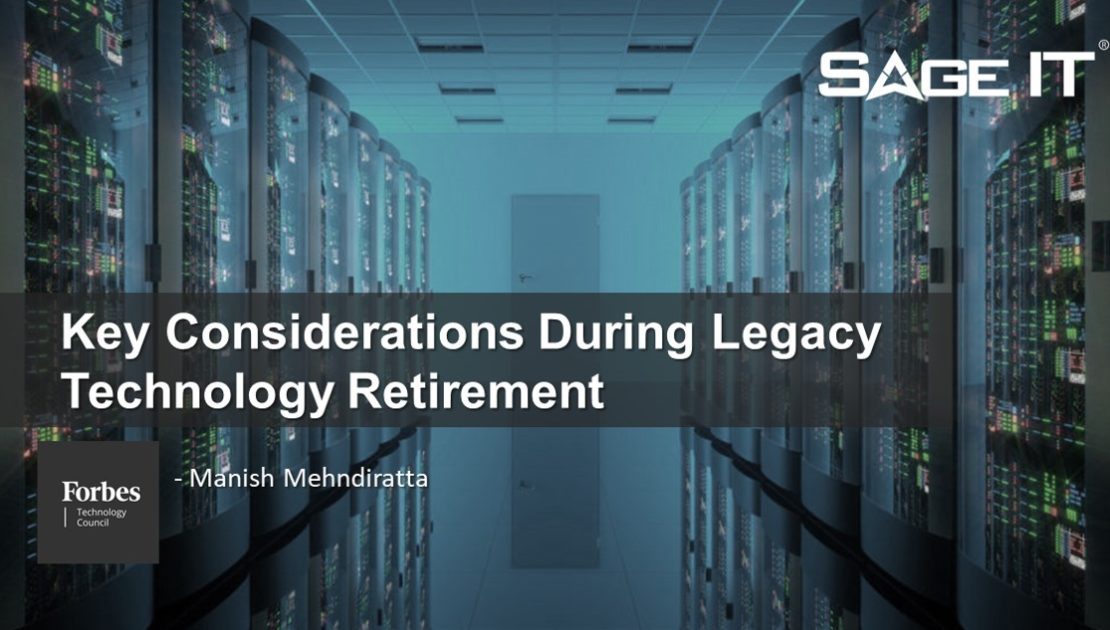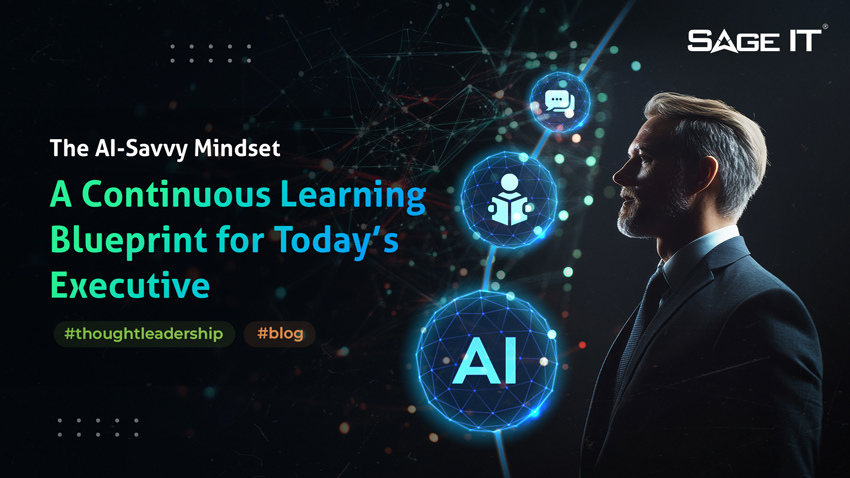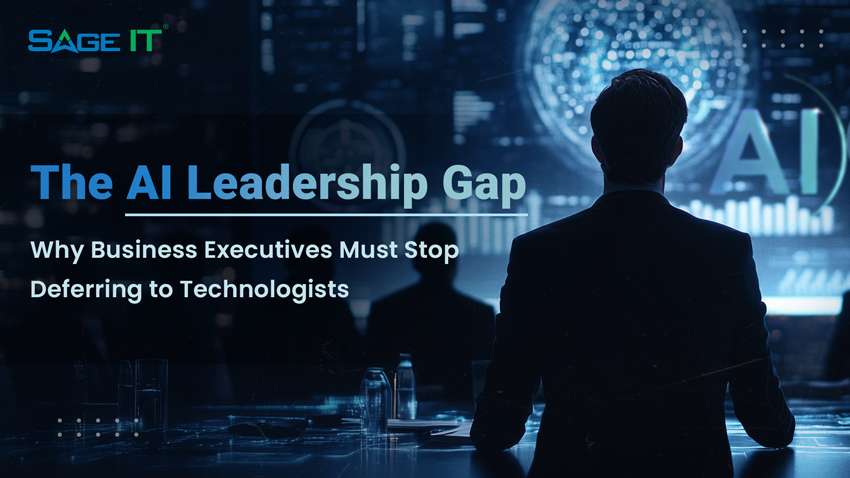“As exciting as they are, new technological developments also bring a myriad of challenges to every organization. Yes, they promise to do twice the work in half the time, so purchasing, installing and implementing them is usually the best economic choice. However, new tech often also displaces legacy tech and systems, which have likely been the backbone of a company for years. Managing the retirement of that legacy tech while modernizing your enterprise now requires just as much thought and attention that went into deciding to make the upgrade in the first place.
Why A Careful Retirement Of Legacy Tech Matters
Each technology system is also a record and repository of corporate information. For years, sometimes decades, those programs and systems have gathered customer and colleague data, performed millions of transactions, connected with dozens, maybe hundreds of other systems, and more. The volume of that legacy data and its functioning processes is vast and often forms the very character and spirit of its company. Once it’s mothballed, it shouldn’t just lie dormant for forever, nor is it optimal to simply destroy it en masse.
There are several high-level points to consider when evaluating the scope and purposes of a corporate technology retirement strategy. More nuanced considerations emerge as those larger elements come into focus:
Types of data: Certain types of corporate information shouldn’t be lost forever unless it was meant to be deleted for forever. The personally identifying information (PII) of private customers, for example, must (usually) be destroyed in its entirety. Foundational corporate data, however, may need to be maintained for future reference.
Functional essence: Functions, too, may require mothballing as new tech replaces their inefficiencies. They, too, however, may provide some critical element of the company’s processing, and that may also require sensitive handling in the transition process.
Bigger picture: External factors are also part of the equation. Security, for example, is often a strong driver for modernization. Cybercriminals are constantly building outside the known technology box, and legacy systems are rarely able to withstand assaults based in emerging code that they cannot read. Inadvertently leaving some piece of legacy tech in the modernized system may expose an organization to this type of threat.
Developing a retirement strategy that takes these concerns into account will assure every enterprise that moving on from legacy technology won’t unnecessarily expose the organization to known or future unknown threats.
Defining Legacy Tech
Simply determining what parts of the system are legacy can be a problem, however. In some cases, upgrades of each application will envelop the data and processing of their earlier versions, which eliminates the legacy challenge. In other cases, whole apps will be discarded in favor of more efficient and cost-effective options.
Many leaders take the opportunity to assess the age and effectiveness of the entirety of their current programming when evaluating their technological suite to discover its legacy aspects. Some find it helpful to classify their programs into one of three categories:
- Emerging: These are the newest of the new. They are either functions built on new platforms or upgrades that also upgraded their foundational platforms. In many cases, these are cloud-based apps that may never need the legacy treatment.
- Under evaluation: Many older apps remain useful and efficient but have elements such as fading code or outdated architectures that will require attention in the future.
- Declining: These are the legacy systems you’re looking for. They may not be current, useful or supported, or they will be in that situation soon.
A thorough assessment can also lay the groundwork to establish an ongoing legacy tech sweep to ensure aging tech is always considered when upgrades or modernization become an option.
Customized Code Requires Customized Attention
Within the “legacy assessment” process, also consider the proprietary nature and content of each program. For this analysis, leaders need to clarify where customized code is involved, how pervasive it is throughout the system and how it affects overall corporate function. Customized coding or apps that are used regularly to execute critical corporate transactions may be modernizable to retain their value.
Not least, those processes and functions that are critical core programs — those that are central to the corporate identity and provide the functioning that sets the company apart from its competition — may never attain legacy status but instead will require ongoing upgrades to ensure they retain the capacity to carry that weight.
Retiring Legacy Tech In Favor Of A Bigger, Better Enterprise
Rather than simply upgrading to newer versions of trusted programs, the modernization process facilitates reconfiguring whole systems to provide bigger and better corporate returns. Considering how you intend to do business in the future also informs your decision about which legacy tech to modernize and which to let go of completely:
- Adapt critical functions and systems to meet modern standards. They hold the essence of what makes your enterprise unique, and changing those elements either inadvertently or intentionally in favor of a more current version may slow production or (worse) put off customers.
- Plan for the obsolescence of some, most or all of your current technology. In some cases, you’ll need to implement practices to eradicate obsolete data (including wiping hard drives clean and physically destroying hardware) to ensure that classified information is never exposed to inappropriate eyes. In other cases, you’ll need to retain the systems and storage required to safely access that information if it becomes relevant in the future.
- Implement incoming practices in anticipation that modernization is always a future plan. For many leaders, this may be the biggest challenge. Technology is always improving, and legacy programming will (almost) always be losing its manufacturer support and skilled operators. While building a replacement scenario during the implementation of new technology isn’t typically part of the strategy, it should be.
Your legacy tech built your enterprise into the success it is today. When you take the time to retire it appropriately, you’ll retain the full value provided by those technological origins while building bigger, better systems on its foundation.
POST WRITTEN BY
Manish Mehndiratta
Director, Digital Modernization | Principal Architect | Technology Evangelist for Sage IT Inc.











